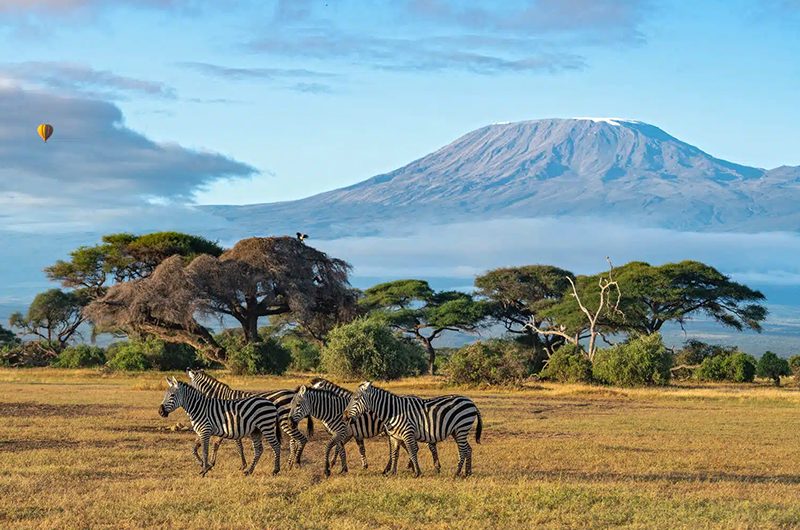Best Time to Visit Kenya for an Unforgettable Safari: A Complete Guide
Kenya, the heart of East Africa, offers one of the most iconic safari experiences on the planet. From the sweeping savannahs of the Maasai Mara to the rugged terrain of Samburu and the bird-filled lakes of the Great Rift Valley, Kenya is a wildlife lover’s dream. But with varying seasons and regional differences, knowing the best time to visit can make or break your safari experience. Here’s a complete guide to help you plan your adventure with Chacal Safaris.
The Prime Safari Season: June to October
The dry season, spanning from June to October, is widely considered the best time for safari in Kenya. During these months, rainfall is minimal, vegetation is less dense, and animals congregate around permanent water sources. This makes wildlife viewing much easier and more predictable.
Perhaps the most spectacular highlight of this season is the Great Wildebeest Migration, which peaks between July and September in the Maasai Mara. Witnessing over a million wildebeest, zebras, and gazelles crossing the Mara River—while predators like lions and crocodiles wait in ambush—is a bucket-list event and a once-in-a-lifetime experience.
Short Rains: November to December
The short rainy season arrives in November and typically lasts through early December. While the landscape becomes greener and more photogenic, the rains are usually light and short-lived, meaning game drives are still very much possible. This is also a fantastic time for birdwatchers, as migratory species arrive in large numbers.
Another advantage? Fewer tourists. You’ll enjoy a more peaceful, intimate safari experience without the crowds. At Chacal Safaris, we offer tailored itineraries during this shoulder season for travelers who seek both value and comfort.
Green Season: March to May
March through May marks the long rainy season in Kenya. These months are generally considered off-peak for safaris due to heavy rains and sometimes impassable roads. However, this is the most vibrant time of year, with lush greenery, dramatic skies, and newborn wildlife.
While some lodges close for maintenance, others offer significant discounts. If you’re an experienced traveler or photographer looking for dramatic backdrops and unique encounters, the green season can be surprisingly rewarding,with the right guide.
January and February: A Hidden Gem
Often overlooked, January and February fall between the rainy seasons and offer dry, warm weather. This is an excellent time for wildlife spotting, especially in places like Amboseli, where elephants roam beneath the snow-capped peak of Mount Kilimanjaro.
The skies are clear, and predator-prey interactions are frequent as animals gather around the few remaining water sources. These months are also ideal for combining safari with beach holidays on Kenya’s stunning coast.
Final Thoughts
Every season in Kenya has its own charm, and the “best” time ultimately depends on what kind of experience you’re seeking. Whether it’s the raw drama of the Great Migration, the serenity of the shoulder season, or the lush beauty of the rains, Chacal Safaris is here to craft your perfect journey. Let us turn your Kenyan safari into an unforgettable adventure—tailored just for you.

